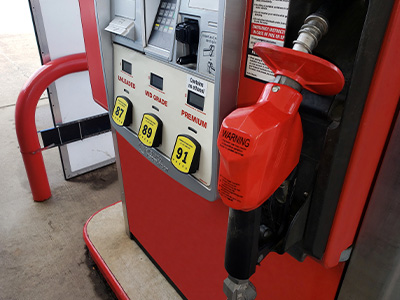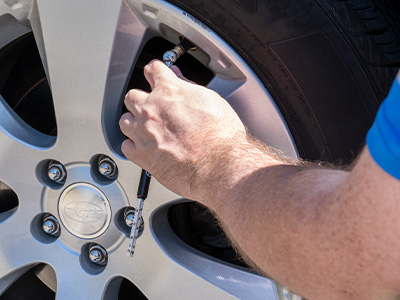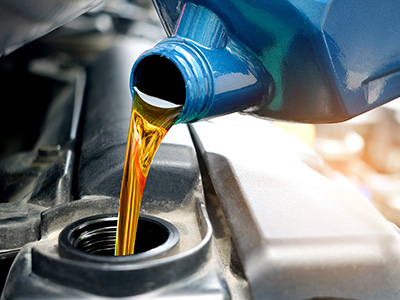Turn on the news, look at the newspaper. The headlines are all about the rising gas prices. Go to a gas station, and ouch, it’s painful. Yet we need our vehicles to get to and from work, for grocery shopping, picking the kids up from school, and in just about every aspect of our lives.
That’s why it’s important to find ways to conserve fuel and save money on gas. Overall, watch the price of gasoline and shop for the best price. If you see a good deal for gas, stop and pump, even if you’re still half full. And don’t wait until your tank is nearly empty and be forced to buy gas wherever is closest.
Check out our 10 helpful tips for saving money on gas and being more fuel-efficient.
- Reduce the number of car trips.
Combine your errands and trips to the grocery store. Identify the shortest routes. Cut down on unnecessary trips and go once a week with a complete list of everything you need. And carpool with neighbors on trips to the grocery store.
- Use an app or gas savings card.
Check out the fuel rewards programs at some gas stations and grocery stores so you can save a few additional pennies per gallon. Also, the app GasBuddy identifies the lowest gas prices in your area.
- Pump gas early in the week.
Fill up on Mondays or Tuesdays. In many states, gas prices are lower on Mondays than on any other day of the week. Thursday through Sunday are the worst days, according to a GasBuddy analysis.
- Drive responsibly.
Slow down and reduce your speed. On the highway, reducing your speed to 65 can increase fuel economy by as much as 15 to 20 percent. Accelerating too quickly and braking too hard can lower your gas mileage by 10 to 40 percent. Coasting more will also give you better mileage. And don’t leave your car idling while you wait for people to hop in your vehicle. Idling wastes gas.
- Reduce usage of your heater and air conditioner.
Let your car warm up before turning on your heater and AC. Blasting air in your vehicle can affect your fuel economy. And if it’s a short trip, don’t use your AC.
- Don’t use premium gas.
Unless it’s required for your vehicle, standard gas will suffice, and it’s usually about 20 to 40 cents less expensive per gallon.
A well-maintained vehicle will also go a long way in helping with your gas mileage. [Check out our blog on 10 basic maintenance tips].
- Check your tire pressure.
Make sure your tires are properly inflated to the pressure according to the manufacturer’s recommendation. Underinflation causes tires to wear out and reduces gas mileage. Plus, properly inflated tires can improve mileage by as much as three percent.
- Check your gas cap.
Ensure that the cap is tightly sealed so no gas evaporates from the tank.
- Lighten your load.
Remove any heavy-duty items from your trunk, including bike and luggage racks. The less your vehicle weights, the better gas mileage you’ll get.
- Use the right oil.
Use the manufacturer’s recommended oil in your vehicle. Use motor oil that is ‘energy-saving.’ The wrong grade of motor oil can cost an additional 4 to 7 cents per gallon, according to the U.S. Department of Energy.
If you’re in the market for a new vehicle, consider a vehicle that has a higher Miles Per Gallon (MPG) rating, the primary measurement of a car’s fuel efficiency. The higher the MPG, the better the gas mileage. Check out Consumer Reports for the cars, trucks and SUVs with the best fuel economy.
We need our vehicles, so, as the price of gas continues to increase, follow these tips to help you save money and be more fuel-efficient.



